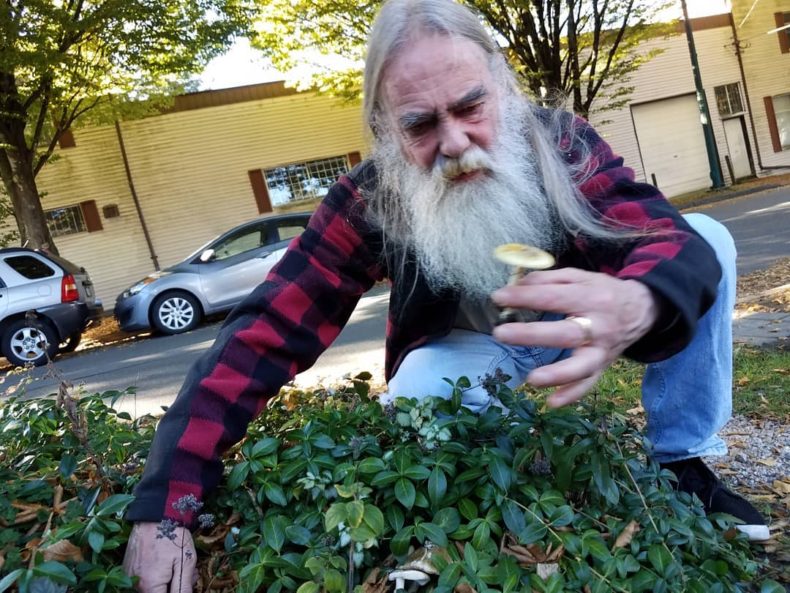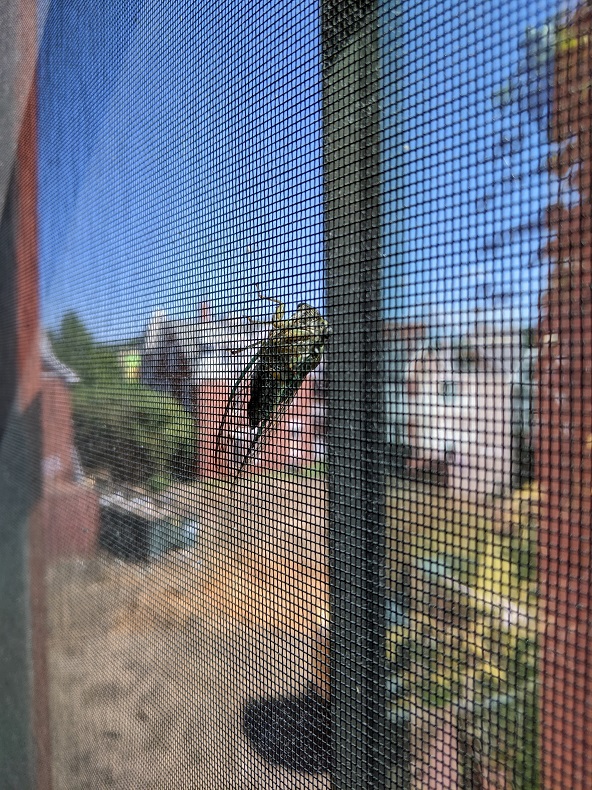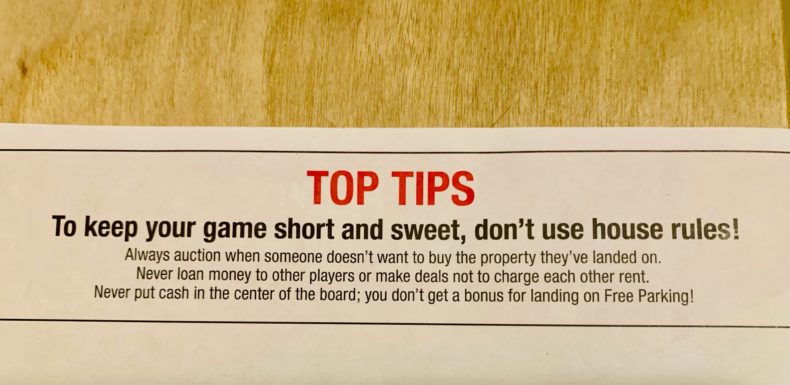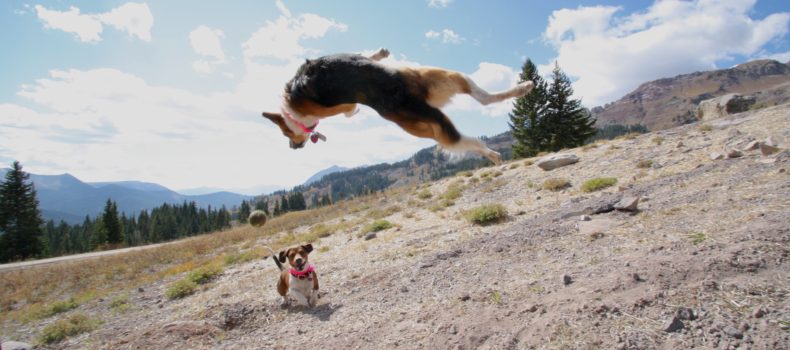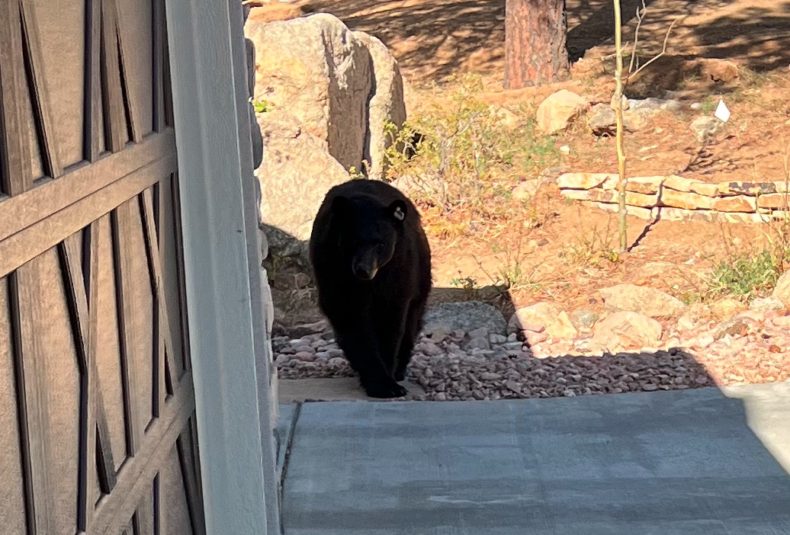One Saturday the bean man wasn’t at the farmers’ market, he was always there every week, and I asked the woman who works with him, “Where is he?”
“He just died,” she said. “This morning early. We were getting ready to come to the market and we found him. We called the ambulance. But the truck was already loaded so we just came here.” Other customers came up and said, “where is he?” and she had to tell the story again, over and over. “I’m so sorry, hon,” the customers said. They cried, she cried. The bean man had been there for such a long time, maybe 30 years, always there, every week.
Two things strike me — aside from sadness over that grumpy old bean man who was somehow both private and personal — about that Saturday. One was that the bean man’s co-workers found their old friend dead, did what was necessary for him, then considered the truck loaded with perishable vegetables that had to be sold fast, and did what had to be done and drove to the city from the other side of the Bay, between 2 and 3 hours, I think, in the early morning dark to sell beans, five hours on their feet and grieving, then drove back home. The bean man would have absolutely done the same.
The other thing that struck me was that the bean man had been making this Saturday crack-of-dawn drive, and usually another Sunday drive to another city market, for decades. He was one of the originals still at the market. He was an Eastern Shore truck farmer, he sold the only fresh beans around — cannellini, Navy beans, red beans, black beans, October beans, lima beans, Dixie butter beans, speckled beans, black-eyed peas — and in the spring, oh my goodness, he sold fresh peas. That is, he had something that the Baltimore of all colors and incomes loved, he could make a living at it, it was good to do, he did it, he never stopped.
And what struck me about both these things — these farmers and their hard repetitive lives and their faithfulness — was how they were in it for the long haul, they could be counted on. The bean man was 86 when he died, just beginning to talk retirement. And he wasn’t the only person like this that I know.
Continue reading →

